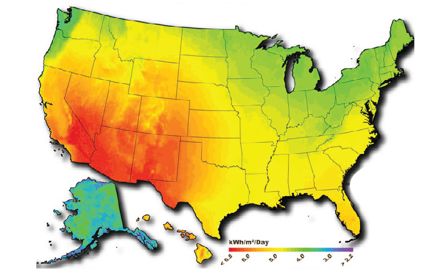Deaths from Extreme Weather are Rapidly Declining
There is a lot of talk about extreme weather these days, with many climate activists and media suggesting that deaths and injuries from extreme weather are increasing due to human-caused global warming.
**However, the truth is very different** :
**Deaths from extreme weather are actually decreasing rapidly for several reasons.**
You read that correctly: **declining**.
To illustrate, the figure below shows the number of global deaths from floods, droughts, storms, wildfires, and extreme temperatures from the 1920s to 2021, based on a respected international database.
**Huge declines in deaths.** And this is not including the fact that the population has increased immensely during the past century.
Thus, personal risk from extreme weather is going down even faster!.
**Want a more specific example? **
In 1970, the Bhola Cyclone (hurricane) hit India/Bangladesh, resulting in about 500,000 deaths. Forecasts were poor, warning systems were poor, and infrastructure was inadequate.
Path and satellite image of the 1970 Bhola cyclone
In contrast, in 2020, a MUCH stronger hurricane, Super Cyclone Amphan, followed an almost identical path.
**
2020 Cyclone Amphan
**
**
The death toll? 133. You read that right. 133.**
Why? Forecasts were much better, warnings were improved, and there is far more robust infrastructure.
During the past few decades, the Earth has warmed by approximately 2°F, with human emissions of greenhouse gases being the primary cause.
**Yet, deaths from severe weather are WAY down. How can this be?**
Some reasons include:
(**1) Weather forecasts are HUGELY better for all types of extreme weather compared to 40 years ago.**
This allows better warning and preparation for extreme weather events.
Hurricane tracks are usually predicted with great accuracy.
**(2) The ability to communicate threats is WAY better than 40 years ago, with people in even poor countries possessing smartphones that provide updated warnings.**
(**3) All nations are richer and developed than 40 years ago, with major investments making infrastructure and homes more robust for extreme weather events.**
**(4) Global warming does not increase the threat of all types of extreme weather. **
In fact, global warming decreases some threats.
Shocking right? You don't read that very often in the Seattle Times and other mainstream media. Global warming can decrease deaths from some extreme weather.
But it is true. Let me give you an example: extreme temperatures.
Rising temperatures REDUCE deaths because the biggest temperature threat for most people is COLD rather than heat.
It is not even close. As shown below, cold waves kill MANY more people than heat waves, by a factor of 5-10 to one.
There are several articles in the peer-reviewed literature that explicitly state this: warming temperatures will reduce extreme heat deaths.
Hurricanes? The ability to forecast their track has become much, much better. At the same time, the frequency of major hurricanes has been stable as the Earth has warmed considerably during the past few decades.
Same thing with the number of landfalling storms. No upward trends as the planet warms.
Even with an immense increase in population in the coastal zone, the number of hurricane deaths from Atlantic hurricanes and tropical storms is nearly constant (see below). Thus, personal risk is immensely LESS.
I could discuss other forms of extreme weather, but the conclusions are the same:
**Your personal risk from virtually any type of extreme weather is now much, much smaller than it has been historically.**
We live with LESS risk of being killed or injured by extreme weather today, even as the planet slowly warms.
**Announcement**
I will hold a special online Zoom session at 10 AM on Sunday for Patreon supporters. Will answer questions and talk in detail about the outlook for the coming winter


























